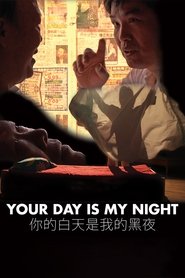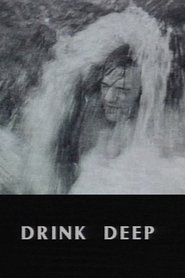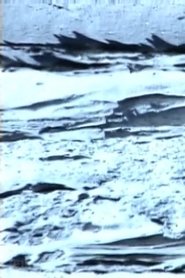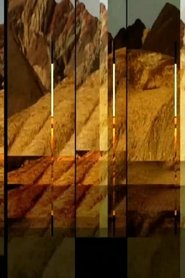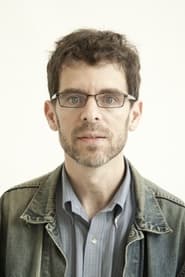
Stephen Vitiello
60 (1964-11-05)
N/A
Stephen Vitiello is an American visual and sound artist. Originally a punk guitarist he is influenced by video artist Nam June Paik who he worked with after meeting in 1991.
Most Known for...

Stephen Vitiello
N/A
N/A
